Raw/Cultured Dairy
First and foremost, the most traditional form of milk we can feed our children is human breast milk. This is a traditional food that has existed as a constant throughout our entire existence as human beings and beyond. “Breast milk is our first food, the best food, the ultimate traditional food in all cultures without exception. That is why nature made nursing satisfying: to encourage mothers and babies to do it” (Planck) When a mother is well nourished on the right foods her breast milk provides a complete meal with 50% of the calories coming from saturated fat.
However, at some point in history humans began to drink milk from other mammals such as cows, sheep & goats. When we were kids there was milk or milk. Today there is Rice Milk, Almond Milk, Oat Milk, Quinoa Milk, Coconut Milk, Soy Milk, Breast Milk, Milk and….Hang on….RAW MILK! In fact this is the fancy name for the milk that many people grew up on. It was the only dairy milk (other than breast milk) that our ancestors knew of. Milk straight from the cow!
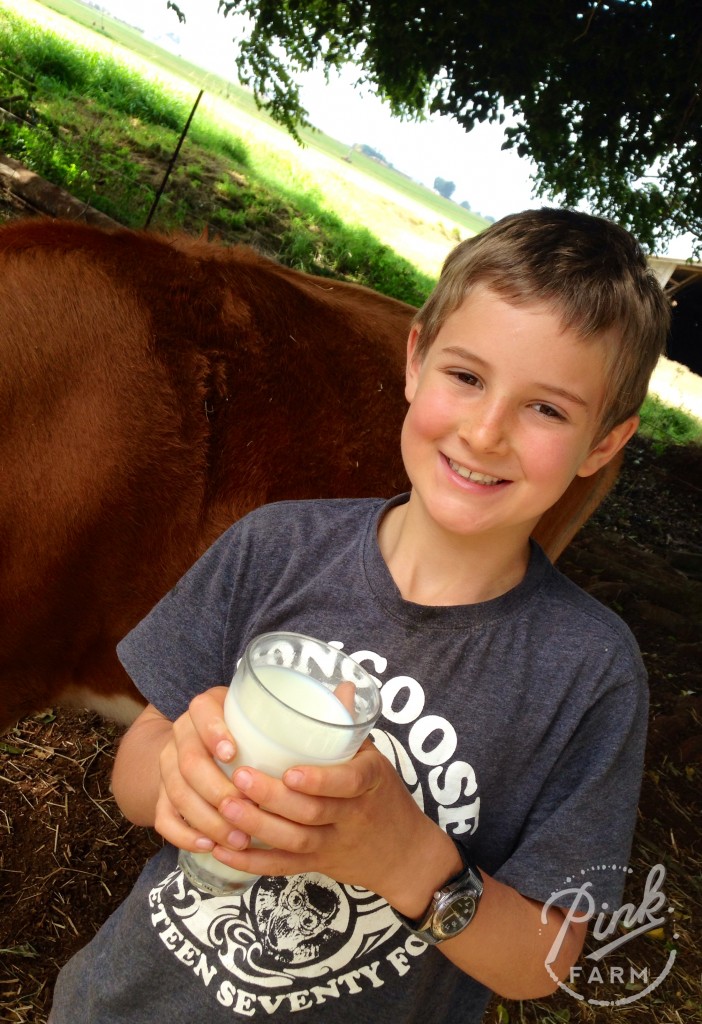
Why are there so many milks today? We have taken a ‘raw food’ live with enzymes and burnt and smashed it through pasteurisation and homogenisation and continued to call it “milk”!!! Milk as we know it today…….the white stuff in plastic bottles labelled “milk”, is NOT milk. This stuff is being rejected by the human body and more and more people cannot tolerate it. It is not a recognisable food source for our bodies. Hence, many people have been turning to milk ‘alternatives’ to avoid these problems of intolerances.
When talking about dairy milk, not all milk is created equal. Raw milk, homogenised, pasteurised, organic? What does it all mean and why are we drinking milk anyway? Humans have been conventionally milking animals (sheep, goats and cows) for their milk for thousands of years. “About eighty-five hundred years ago, somewhere in Mesopatamia (modern Iraqu), we began to milk the larger and more productive cow” (Planck). There are clues throughout history that humans have been consuming milk for over 10, 000 years. However, the cow’s milk we find on our supermarket shelves is far from what was consumed throughout history. The milk in the shops is PASTEURISED and usually always HOMOGENISED.

What is Pasteurisation? Loui Pasteur discovered pasteurisation in the late 1800’s. Milk was originally coming straight from the family cow or in glass jars from the local dairy. As US cities grew, urban dairies developed, and were often placed next to Whisky distilleries so the cows could be fed a cheap diet of ‘mash’ called ‘distillery slop’. These cows were confined, living in unhygienic conditions and being fed an unhealthy diet that was completely unsuited to their ruminant bodies and milk production. Disease was common and the milk was inferior, often unable to be used to make cheese or butter. Outbreaks of tuberculosis, infant diarrhea, scarlet fever and typhoid were on the rise and infant death rates from contaminated milk accounted for half of the infant deaths in NY in 1839.
Calls for pasteurisation were made as this meant killing pathogens that were carried in the milk. Initially raw milk was not blamed for illness and disease and a push for greater inspection laws of dairies was seen as the answer to decrease spread of disease. However, in 1914 a law was passed and pasteurised milk was the only milk that could be legally sold. Nina Planks sums this up beautifully stating, “ The trouble starts when you take a cow away from her natural habitat and healthy diet and force her to become a mere milk machine.”
It’s such a shame that mandatory inspections were not enforced to improve cow health and dairy hygiene but rather a quick fix of using pasteurisation to clean up for some lazy and unscrupulous farmers. Still today, some dairies have low health and hygiene standards, with farmers knowing that pasteurisation will ‘kill off’ any pathogens. Pasteurisation of milk does not only kill pathogens but this heating process also kills enzymes and immune factors, beneficial bacteria, decreases vitamin content and destroys B vitamins and denatures milk proteins. Not only is pasteurised milk a dead and lifeless product, pasteurisation is a huge reason why many people do not tolerate milk. They are often unable to digest the denatured protein (casein) and because beneficial enzymes have been killed off from the heating process, lactose is harder to break down.
What is Homogenisation? Homogenisation is a more recent process and has been known as “the worst thing dairymen have done to milk.” Our grandparents probably remember the clear cream line that would settle on top of the milk that would be delivered by the milkman. Homogenisation is a process that forcefully blends the fat molecules throughout the milk so the cream no longer settles on the top. This process pumps the milk at high pressure through a fine mesh reducing the fat into tiny particles and pushing it around the milk. Not only is homogensiation just another process the milk is put through but this also oxidises the fats and changes the way they behave in the body.
Don’t be fooled by organic milk either. We usually assume that when we see the organic label it must mean better. Not always. Some organic milk has been ULTRA-PASTEURISED. This means that the milk has been heated to even higher temperatures killing off almost every element of goodness. Ultra-pasteurisation is done to increase the use by date of the milk. Always check your use-by date. A long use by date often means Ultra Pasteurised. Read your label!
Organic milk is not always an indicator of milk from pasture fed cows either. Sometimes organic cow’s milk may be produced in feed-lot dairies where cows are fed solely on grain and the cows have no access to pastures at all. This predominantly occurs in the US and China, however there are some feed-lot dairies in Australia. According to Dairy Australia, …”the number of feedlot dairy farms in Australia is small, but there are many farms where a total mixed ration is fed for part of the year.”
Raw & Cultured Dairy
The consumption of dairy has been around for tens of thousands of years and people thrived on it. In fact some of the primitive cultures studied by Weston A Price consumed large amounts of raw and or cultured dairy and exhibited perfect health. The difference in dairy consumption from a traditional sense is that it was consumed Raw or Cultured. It was not consumed pasteurised or homogenised. Raw organic milk from animals grazing on pasture is the ideal choice of dairy milks. Raw milk is a living food, full of beneficial enzymes, bacteria, vitamins and minerals. If you are able to access raw milk it is worth the switch. There are many well known benefits of raw milk, including:
- It contains fat- soluble Vitamins A, D and K, which are essential for a healthy immune system and for the absorption of other vitamins and minerals (especially calcium and magnesium). Pasteurised milk often contains synthetic Vitamins that are not easily absorbed by the body
- It is full of beneficial bacteria essential for gut health and increased immunity
- It contains anti-microbial properties
- It contains enzymes that help the digestion of the milk. Often people who have intolerances to pasteurised milk can tolerate raw milk
Unfortunately access to raw milk in Australia and other countries is difficult and almost impossible. It is illegal for farmers to sell raw milk for human consumption. You may be able to find a source of raw milk that is for sale for body cream or bath milk only. “Consume at your own risk!”
If you can’t access raw milk and raw milk products, cultured dairy products may be your next best bet. Also considered a traditional food that our ancestors have consumed for thousands of years, yoghurt, cheese & kefir are preserved forms of milk and are as old as milking itself. The culturing of milk products is an important process in the consumption of modern dairy. Whilst most of our milk is pasteurised today, the culturing of this pasteurised milk in the form of yoghurt, kefir, cheese or cultured butter & cream makes this product more easily digested and assimilated by the human body. It creates it into a more traditional form.
So whilst many people might ask, “Is milk or are dairy products good for you?”, the answer is not so simple. It depends on so many factors. Is the milk pasteurised, homogenised or raw? Is it organic? Does it come from pasture raised animals? If is is pasteurised, has it been cultured afterwards? Does your body tolerate it? The answer to all of these questions influences the answer to the original question of “is dairy good for me?” The decision to include dairy products in your diet is a personal decision, but consideration of the modern processes that dairy is subjected to is called for. Another factor to consider is looking at your heritage and whether you may have the lactase enzyme required to break down lactose, the sugar in milk. As farming in Europe and the Middle East began to replace hunting and gathering, shepherds were fermenting dairy to make kefir, cheese and yoghurt. Over this time a genetic mutation spread through Europe giving people the ability to produce the lactase enzyme. Often people with European heritage handle dairy better than those from Equatorial regions like Asia.
No matter what your heritage, choose wisely and source dairy products that are as close to a traditional food as possible. For more information on butter and yoghurt click on link.


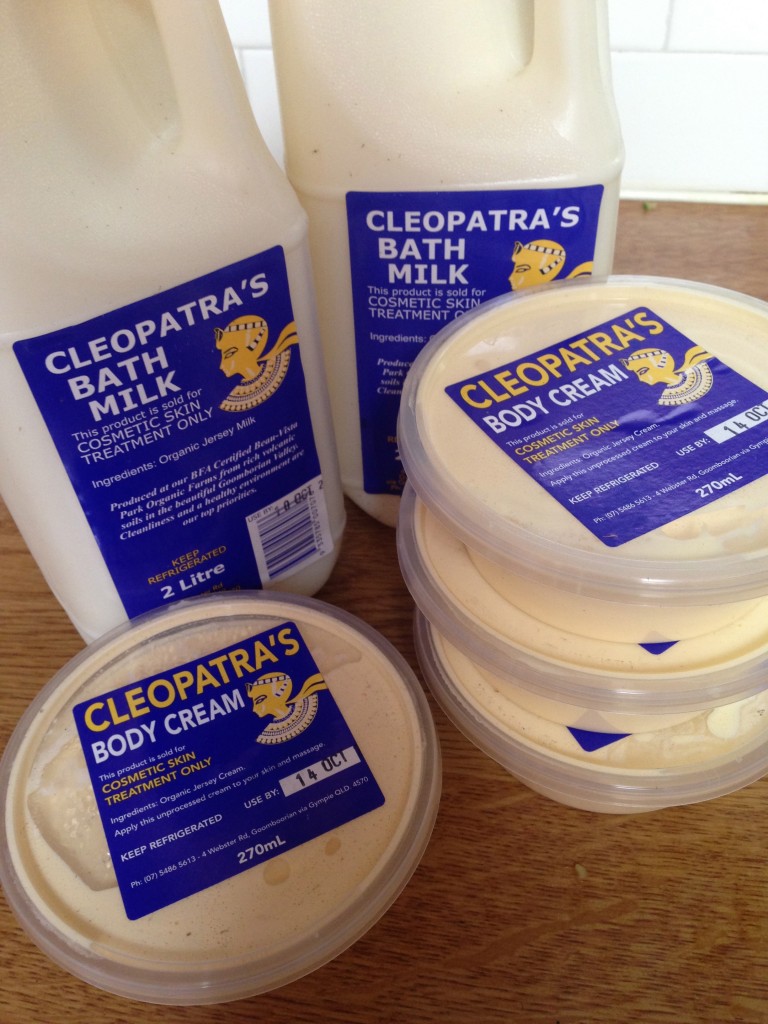
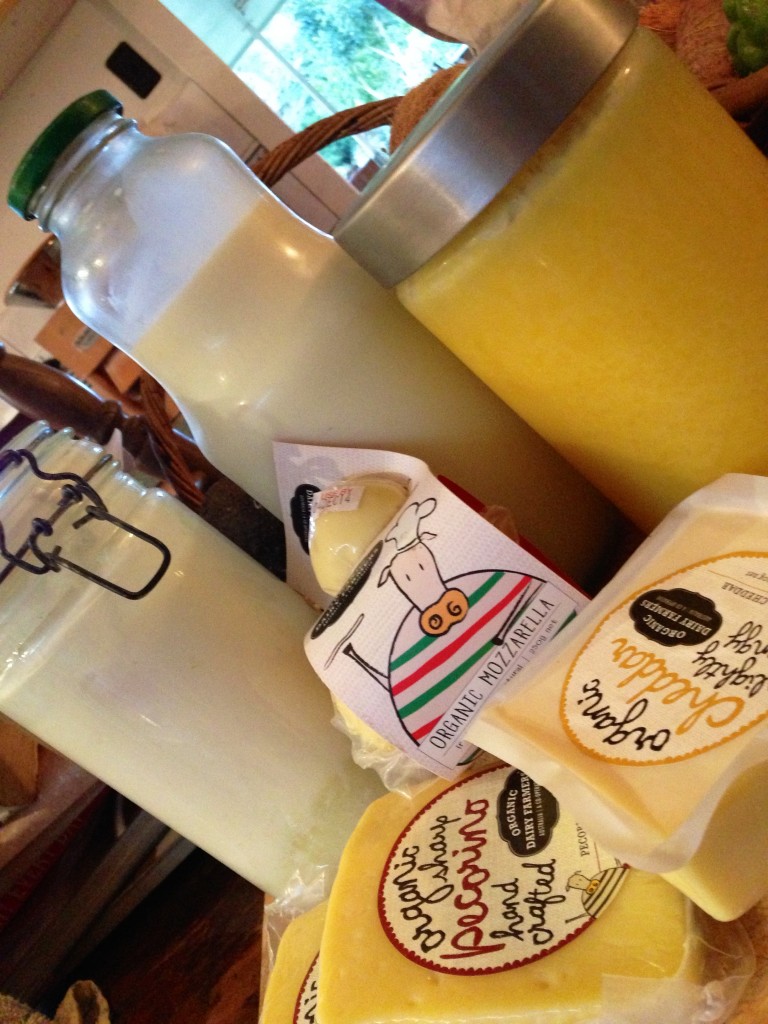


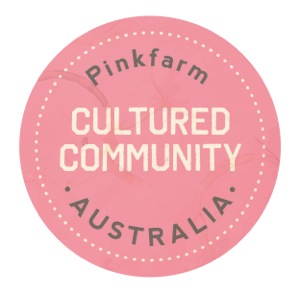
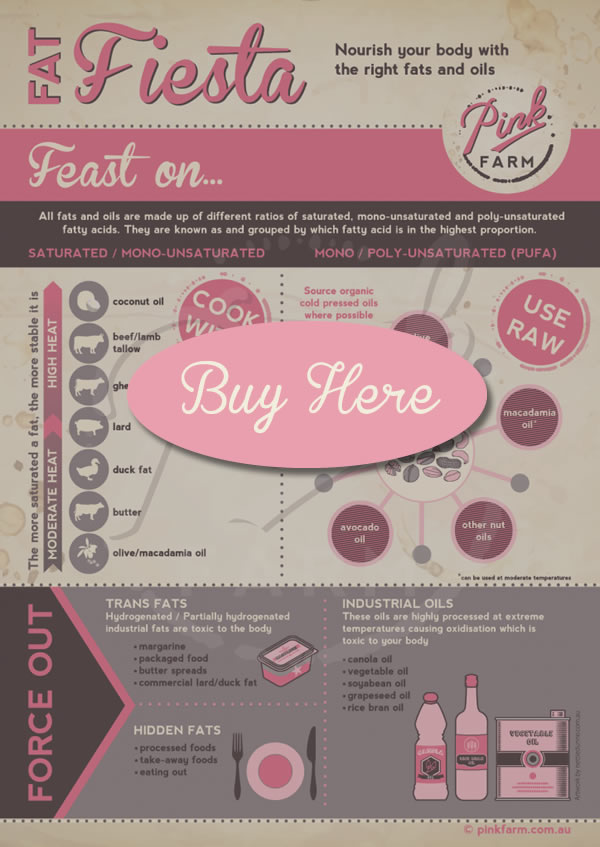



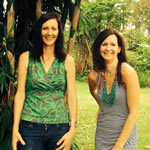 "Pinkfarm” has been created by 2 friends on a real food journey; learning, sharing, creating, inspiring and challenging politically correct nutrition. A country girl living on a farm on the beautiful Atherton Tablelands with a bustling house of 5 children and a city girl living in a metro Sydney townhouse with 1 beautiful son.
"Pinkfarm” has been created by 2 friends on a real food journey; learning, sharing, creating, inspiring and challenging politically correct nutrition. A country girl living on a farm on the beautiful Atherton Tablelands with a bustling house of 5 children and a city girl living in a metro Sydney townhouse with 1 beautiful son.







